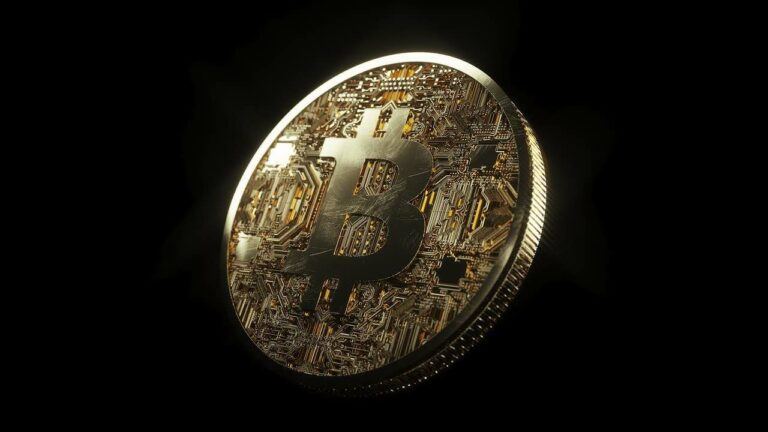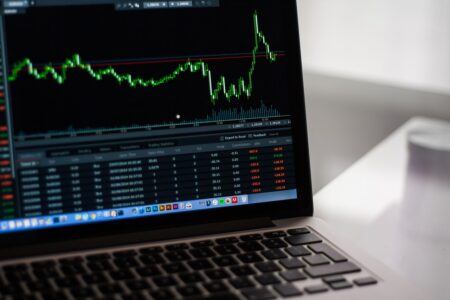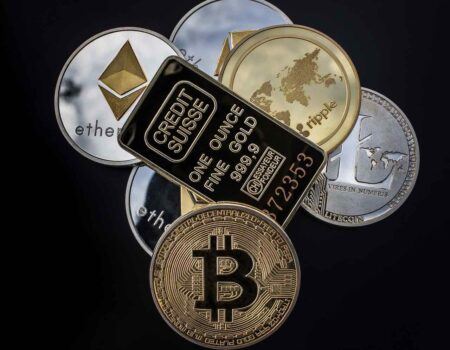Christopher Gimmer, Co-Founder and CEO of the Canadian startup that makes Snappa, a cloud-based graphics design tool, explained on Monday (August 24) the reasoning behind his company’s decision to use Bitcoin as a reserve asset.
In his blog post, Gimmer says that with the current extremely low interest rate that is available for U.S. dollar or Canadian dollar savings account, they realized that the purchasing power of their fiat savings “is actually decreasing after adjusting for inflation.”
They realized that Bitcoin is the answer to this problem, and so they started “steadily accumulating bitcoin beginning in March of this year,” and currently this position is “a significant percentage” of Snappa’s “overall cash reserves.”
Snappa did consider using gold as a reserve asset, but after studying the paper “The Bullish Case for Bitcoin” by Vijay Boyapati, they decided that Bitcoin is a superior store of value and that Bitcoin will “continue to outperform gold over the coming years and decades.”
Gimmer says that the reason he is so concerned about “maintaining purchasing power” for his company’s savings is today’s macro environment:
“While there’s plenty of debate whether or not QE leads to CPI inflation (which is a flawed metric in my opinion), it seems pretty clear that QE has led to asset price inflation.
“In addition, due to the wealth inequality that continues to widen as a result of these policies, there are mounting cries for more permanent forms of universal basic income (UBI) which would certainly lead to CPI inflation.”
He goes on to say:
“To summarize, we’re now at a point where parking dollars in a savings account or buying short-term government debt is yielding a negative return when adjusted for inflation.”
The Snappa CEO then says that although some might consider Bitcoin a risky asset, “there are now significant risks to holding fiat currencies especially over long durations.”
The announcement in May by prominent American hedge fund manager Paul Tudor Jones II that he is using Bitcoin as an inflation hedge provided Snappa made an impression on Snappa, but not as much as the announcement earlier this month by Nasdaq-listed business intelligence company MicroStrategy Inc. that “it has purchased 21,454 bitcoins at an aggregate purchase price of $250 million” to use as a “primary treasury reserve asset.”
Michael J. Saylor, CEO of MicroStrategy Inc., said at the time:
“This investment reflects our belief that Bitcoin, as the world’s most widely-adopted cryptocurrency, is a dependable store of value and an attractive investment asset with more long-term appreciation potential than holding cash.
“Since its inception over a decade ago, Bitcoin has emerged as a significant addition to the global financial system, with characteristics that are useful to both individuals and institutions.
“MicroStrategy has recognized Bitcoin as a legitimate investment asset that can be superior to cash and accordingly has made Bitcoin the principal holding in its treasury reserve strategy.”
Saylor went on to say:
“Our decision to invest in Bitcoin at this time was driven in part by a confluence of macro factors affecting the economic and business landscape that we believe is creating long-term risks for our corporate treasury program ― risks that should be addressed proactively.
“Those macro factors include, among other things, the economic and public health crisis precipitated by COVID-19, unprecedented government financial stimulus measures including quantitative easing adopted around the world, and global political and economic uncertainty.
“We believe that, together, these and other factors may well have a significant depreciating effect on the long-term real value of fiat currencies and many other conventional asset types, including many of the assets traditionally held as part of corporate treasury operations.”
Next, Gimmer points out the main risks associated with using Bitcoin as a reserve asset:
- short-term price volatility (he says this risk can be mitigated by keeping “ample working capital in fiat dollars in order to meet any short-term obligations that may arise”)
- regulatory risk (Gimmer believes that at this point it is “extremely unlikely” for any democratic government to either ban its citizens from owning Bitcoin or ban fiat on/off ramps such as centralized crypto exchanges)
- central bank digital currencies (Gimmer says even if some central banks decide to issue their own digital currency, it would essentially be “nothing more than a fully digitized fiat currency” and nothing at all like a decentralized digital currency such as Bitcoin)
- protocol risk, such as a major bug in Bitcoin Core software or the Bitcoin network getting hacked (although Gimmer admits that theoretically both are possible, the fact “Bitcoin has continued to run flawlessly for 11 years straight” means a hack is highly unlikely and that “if flaws were found in the encryption backing Bitcoin, we’d have far more serious concerns on our hand”)
And here is how Gimmer concludes his blog post:
“After pouring over the research myself, I believe that massive amounts of quantitative easing combined with fiscal stimulus will continue to result in currency debasement.
“In addition, I expect governments to keep doing more of the same in attempts to fight the natural deflationary pressures of technology.
“In order to hedge this risk, we’ve chosen to adopt Bitcoin as a primary reserve asset on our balance sheet.”
It seems that both Gimmer and the other co-founder of Snappa, Marc Chouinard, are Bitcoiners and they run full Bitcoin nodes:
Today’s announcement from Snappa comes just six days after another Canadian company—restaurant chain Tahini’s—said that it had decided to convert its entire cash reserves into Bitcoin:
Featured Image by “SnapLaunch” via Pixabay.com
The views and opinions expressed by the author are for informational purposes only and do not constitute financial, investment, or other advice.









